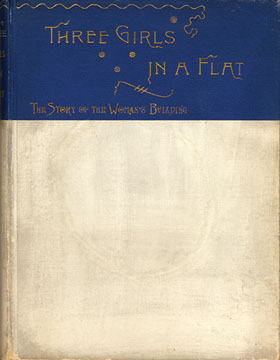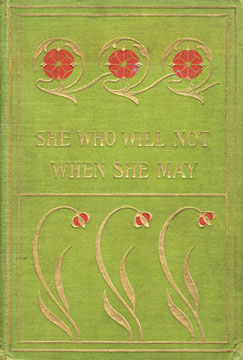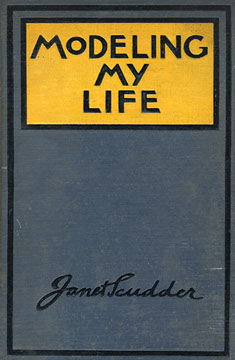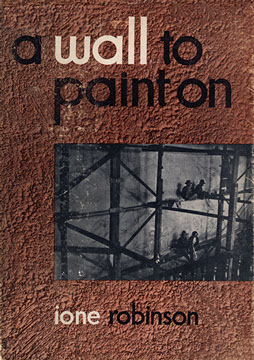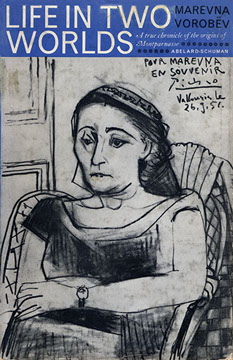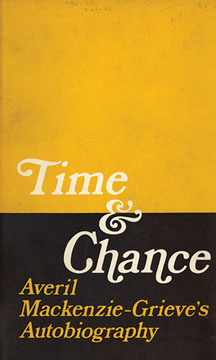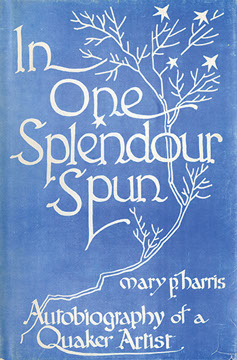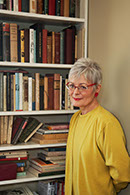
Click to Enlarge
FORTHCOMING PROJECTS
I began collecting autobiographies by women artists in the '70s, when my attention was caught by such titles as Higher Than the Sky, Love Locked Out, Laughing Torso, etc. Since then I have amassed a small library of writings by women artists, mostly from the nineteenth and early twentieth centuries.
The collection focuses on autobiographies, but also holds letters, diaries, manuals, and memoires, such as the 1926 four-volume Les Maisons Que J’ai Connues by Virginie Demont-Breton (the late nineteenth-century French painter who at the turn of the century led the fight for women art students’ entrance into Ecole des Beaux-Arts); Three Girls in a Flat (1892) by the American sculptor Enid Yandell, about her involvement in the World’s Columbian Exposition in Chicago; the memoir Erinnerungen der Malerin Louise Seidler, an early nineteenth-century German painter at the court of the grand dukes of Weimar and a friend of Goethe; and the even earlier watercolor manual Les Leçons Royales Ou la maniere de Peindre en Mignature les Fleurs & les Oyseaux de feu Nicolas Robert Fleuriste par Demoiselle Catherine Perrot, Peintre Academiste, 1686.
Among the more than thirty artist-autobiographers in my library are Catherine Barjansky, Cecilia Beaux, Sarah Bernhardt, Elizabeth Butler, Frances Cranmer Greenman, Nina Hamnett, Mary P. Harris, Melvina Hoffman, Anna Mary Howitt, Laura Knight, Averil MacKenzie-Grieve, Anna Lea Merrit, Grandma Moses, Vera Mukhina, Ione Robinson, Kay Sage, Consuelo de Saint-Exupéry, Janet Scudder, Clare Sheridan, Dorothea Tanning, Madge Tennent, Grace Turnbull, Marevna Voroben, Katerine Lane Weems, and Beatrice Woods.
Influenced by Carolyn Heilbrun’s Writing a Woman’s Life and Marina Warner’s Fantastic Metamorphoses, Other Worlds: Ways of Telling the Self, my interest is on the visual artist as the shaper of her literary story.








